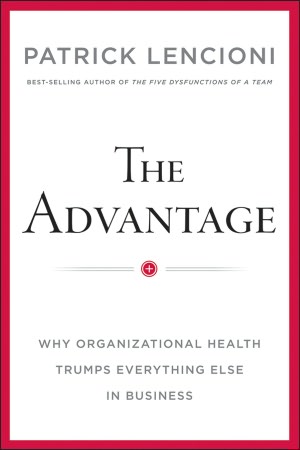Do not laugh OK – I am serious! It does not matter what we have accomplished in life or what our IQ is, we all were born with our own unique genius. No, I am not talking about genius with a small “g” as opposed to Albert Einstein which is BIG “G” genius. We tend to confer the title “genius” on those who are very rare individuals which seem to be born with extra quantities of great brilliance, original vision, and incredible determination.
When these three criteria are used then we can see the genius of a Picasso whom it was reported that he was drawing angels in the crib (Louise Nevelson) or a Mozart who was born with overwhelming abounds of musical talent. These were the true genius’ of the world or so the standard reasoning goes!
Yet when we filter these three criteria through the lens of early child development we did exercise a level of genius. We had a keen sense of our world that needed to be explored. We saw things for the very first time and were fascinated at sights sounds, and smells. Most of all we were determined to explore everything.
Great brilliance is a little hard to define. We can test IQ fairly accurately. What we must realize that we are only testing a very narrow range of possibilities of knowing and doing. We then realize there are special forms of knowing such as artistic, musical, emotional, humanitarian or any other form of knowing that we could mention that is presently difficult to measure. Make no mistake however, we possessed a genius in knowing how to get what we wanted by using the social skills available to manipulate the outcome we desired.
We all possessed original vision, seeing our world for the first time in all of its beauty, color, and sounds. Have you ever noticed a baby that starts “jabbering” before they start speaking. it would be great to know what it is they are attempting to say as they interact with that world for the first time. Everything is new! Yet we could not give them the words or emotions to express. Our senses are attempting to find expression of this “first-time vision” of the world. We were not only reinventing the English language for our purposes, but we were doing original research into our world.
You know you had incredible determination! You knew perfectly well what you loved and wanted. You were not going to let anything get in your way of that one object of affection – COOKIE! You used the full arsenal of social skills to manipulate, con, or convince your way to that COOKIE! Self-confidence was not an issue – you did not understand it. The idea of self-confidence had no meaning to you – you were focused on the goal.
These qualities that we think distinguish geniuses from the rest of us – you and I had them at two years of age. The question is “Where did they go?” As long as we were too young to listen to reason or to be trained to do anything useful you and I had a marvelous freedom to just be ourselves. In my next blog post I will offer some insights is this topic. Where did these qualities go? COMMENT BELOW!
[The genesis of this article was awakened by author Barbara Sher]







